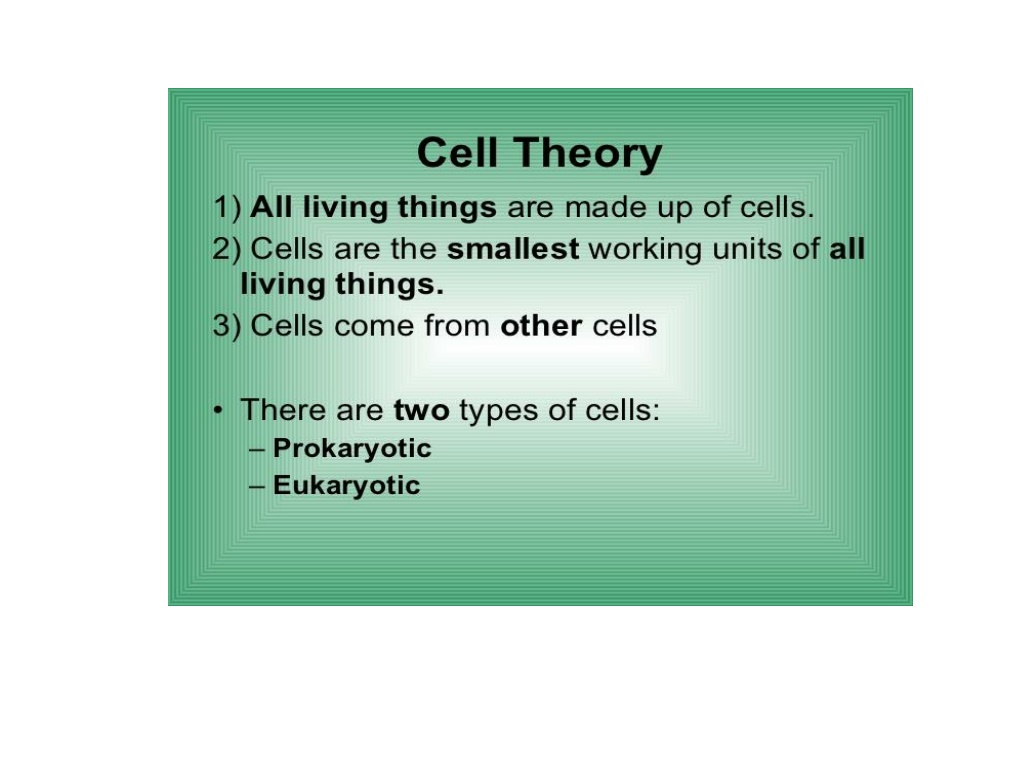
Exploring the Fascinating World of Cells and Cell Biology
Delve into the intricate realm of cells, the fundamental units of life, through this insightful study of cytology. Uncover the diversity between unicellular and multicellular organisms, with humans boasting over 10 trillion cells. Discover the origins of cells, from the prokaryotic simplicity to the eukaryotic complexity, and the genetic intricacies within human cells. Embark on a visual journey into the microscopic universe and learn about the structures and functions that define life at its most basic level.
Download Presentation

Please find below an Image/Link to download the presentation.
The content on the website is provided AS IS for your information and personal use only. It may not be sold, licensed, or shared on other websites without obtaining consent from the author. If you encounter any issues during the download, it is possible that the publisher has removed the file from their server.
You are allowed to download the files provided on this website for personal or commercial use, subject to the condition that they are used lawfully. All files are the property of their respective owners.
The content on the website is provided AS IS for your information and personal use only. It may not be sold, licensed, or shared on other websites without obtaining consent from the author.
E N D
Presentation Transcript
The Cell Cells are the smallest unit of life that can replicate independently, and are often called the "building blocks of life". The study of cells is called citology. Cells consist of cytoplasm enclosed within a membrane, which contains
Organisms can be classified as unicellular (consisting of a single cell; including bacteria) or multicellular (including plants and animals). While the number of cells in plants and animals varies from species to species, humans contain more than 10 trillion
Most plant and animal cells are visible only under the microscope, with dimensions The cell was discovered by Robert Hooke in 1665, who named the biological unit for its resemblance to cells
Prokaryotic cells were the first form of life on Earth, characterised by having vital biological processes including cell signaling and being self- sustaining. They are simpler and smaller than eukaryotic cells, and lack membrane-the nucleus. Prokaryotes include two of the domains of life, bacteria and archaea. The DNA of a prokaryotic cell consists of a single chromosome that is in direct contact with the cytoplasm. The nuclear region in the cytoplasm is called the nucleoid. Most prokaryotes are the smallest of all organisms ranging from 0.5 to 2.0 m in diameterbound
Eukaryotic cells https://upload.wikimedia.org/wikipedia/commons/thumb/4/48/Animal_cell_structure_en.svg/275px-Animal_cell_structure_en.svg.png The plasma membrane resembles that of prokaryotes in function, with minor differences in the setup. Cell walls may or may not be present
A human cell has genetic material contained in the cell nucleus (the nuclear genome) and in the mitochondria (the mitochondrial genome). In humans the nuclear genome is divided into 46 linear DNA molecules called chromosomes, including 22 homologous chromosome pairs and a pair of sex chromosomes. The mitochondrial genome is a circular DNA molecule distinct from the nuclear DNA. Although the mitochondrial DNA is very small compared to nuclear chromosomes, it codes for 13 proteins involved in mitochondrial energy production and specific tRNAs.
Foreign genetic material (most commonly DNA) can also be artificially introduced into the cell by a process called transfection. This can be transient, if the DNA is not inserted into the cell'sgenome, or stable, if it is. Certain viruses also insert their genetic material into the genome.
https://upload.wikimedia.org/wikipedia/commons/thumb/c/c5/Prokaryote_cell.svg/300px-Prokaryote_cell.svg.pnghttps://upload.wikimedia.org/wikipedia/commons/thumb/c/c5/Prokaryote_cell.svg/300px-Prokaryote_cell.svg.png Celltypes.svg
Organelles Main article: Organelle Organelles are parts of the cell which are adapted and/or specialized for carrying out one or more vital functions, analogous to the organs of the human body (such as the heart, lung, and kidney, with each organ performing a different function). Both eukaryotic and prokaryotic cells have organelles, but prokaryotic organelles are generally simpler and are not membrane-bound. There are several types of organelles in a cell. Some (such as the nucleus and golgi apparatus) are typically solitary, while other
Membrane Main article: Cell membrane The cell membrane, or plasma membrane, is a biological membrane that surrounds the cytoplasm of a cell. In animals, the plasma membrane is the outer boundary of the cell, while in plants and prokaryotes it is usually covered by a cell wall. This membrane serves to separate and protect a cell from its surrounding environment and is made mostly from a double layer of phospholipids, which are amphiphilic (partly hydrophobic and Hence, the layer is called a phospholipid bilayer, s
or sometimes a fluid mosaic membrane. Embedded within this membrane is a variety ofprotein molecules that act as channels and pumps that move different molecules into and out of the cell. The membrane is said to be 'semi- permeable', in that it can either let a substance (molecule or ion) pass through freely, pass through to a limited extent or not pass through at all. Cell surface membranes also contain receptor proteins that allow cells to detect external signaling molecules such as hormone
Cytoskeleton maintenance of cell shape, polarity and cytokinesis The subunit protein of microfilaments is a small, monomeric protein called actin. The subunit of microtubules is a dimeric molecule called tubulin. Intermediate filaments are heteropolymers whose subunits vary among the cell types in different tissues.
Cytoskeleton The cytoskeleton acts to organize and maintain the cell's shape; anchors organelles in place; helps during endocytosis, the uptake of external materials by a cell, and cytokinesis, the separation of daughter cells after cell division; and moves parts of the cell in processes of growth and mobility. The eukaryotic cytoskeleton is composed of microfilaments, intermediate filaments and microtubules. There are a great number of proteins associated with them, each controlling a cell's structure by directing, bundling, and aligning filaments.
Genetic material Two different kinds of genetic material exist: deoxyribonucleic acid (DNA) and ribonucleic acid (RNA). Cells use DNA for their long-term information storage. The biological information contained in an organism is encoded in its DNA sequence. RNA is used for information transport (e.g., mRNA) and enzymatic functions (e.g., ribosomal RNA). Transfer RNA (tRNA) molecules are used to add amino acids during proteintranslation
Prokaryotic genetic material is organized in a simple circular DNA molecule (the bacterial chromosome) in the nucleoid region of the cytoplasm. Eukaryotic genetic material is divided into different, linear molecules called chromosomes inside a discrete nucleus, usually with additional genetic material in some organelles like mitochondria and chloroplasts
Mitochondria and Chloroplasts : generate energy for the cell. Mitochondria are self-replicating organelles that occur in various numbers, shapes, and sizes in the cytoplasm of all eukaryotic cells. Respiration occurs in mitochondria , chloroplasts, peroxisomes be numerous (hundreds to thousands). The cytosol is the gelatinous fluid that fills the cell and surrounds the organelles. and lysosomes) can
Cell nucleus : A cell's information center, the cell nucleus is the most conspicuous organelle found in a eukaryotic cell. It houses the place where almost all DNA replication and RNA synthesis (transcription) occur. The nucleus is spherical and separated from the cytoplasm by a double membrane called the nuclear envelope. The nuclear envelope isolates and protects a cell's DNA from various molecules that could accidentally damage its structure or interfere with its processing. During processing, DNA is transcribed, or copied into a special RNA, called messenger RNA (mRNA). This mRNA is then transported out of the nucleus, where it is translated into a specific protein molecule. The nucleolus is a specialized region within the nucleus where ribosome subunits are assembled. In prokaryotes, DNA processing takes place in the cytoplasm. the cytoplasm cell'schromosomes, and is the
Endoplasmic reticulum : The endoplasmic reticulum (ER) is a transport network for molecules targeted for certain modifications and specific destinations, as compared to molecules that float freely in the cytoplasm. The ER has two forms: the rough ER, which has ribosomes on its surface that secrete proteins into the ER, and the smooth ER, which lacks ribosomes. The smooth ER plays a role in calcium sequestration and release.
Golgi apparatus : The primary function of the Golgi apparatus is to process and package the macromolecules such as proteins and lipids that are synthesized by the cell.
Peroxisomes: Lysosomes and Lysosomes contain digestive enzymes (acid hydrolases). They digest excess or worn-out organelles, food particles, and engulfed viruses or bacteria. Peroxisomes hav e enzymes that rid the cell of toxic peroxides.
Ribosomes : The ribosome is a large complex of RNA and protein molecules. They each consist of two subunits, and act as an assembly line where RNA from the nucleus is used to synthesise proteins from amino acids. Ribosomes can be found either floating freely or bound to a membrane (the rough endoplasmatic reticulum in eukaryotes, or the cell membrane in prokaryotes)
Golgi Apparatus Flattened vesicles in stacks which receive protein fromER Form secretory vesicles to transport proteins to different parts of the cell (vacuole, lysosome, etc) or for secretion
Centrosome: the cytoskeleton organiser: The centrosome produces the microtubules of a cell a key component of the cytoskeleton. It directs the transport through the ER and the Golgi apparatus. Centrosomes are composed of two centrioles, which separate during cell division and help in the formation of the mitotic spindle. A single centrosome is present in the animal cells. They are also found in some fungi and algae cells.
Vacuoles : Vacuoles sequester waste products and in plant cells store water. They are often described as liquid filled space and are surrounded by a membrane. Some cells, most notably Amoeba, have contractile vacuoles, which can pump water out of the cell if there is too much water. The vacuoles of plant cells and fungal cells are usually larger than those of animal cells.
Cell wall Many types of prokaryotic and eukaryotic cells have a cell wall. The cell wall acts to protect the cell mechanically and chemically from its environment, and is an additional layer of protection to the cell membrane. Different types of cell have cell walls made up of different materials;









